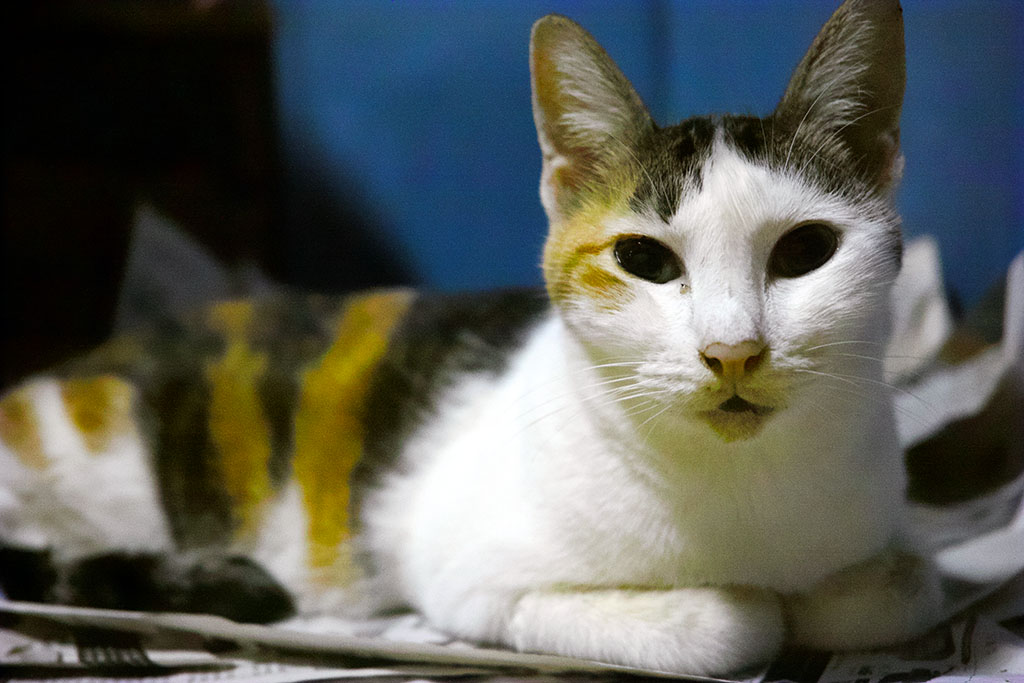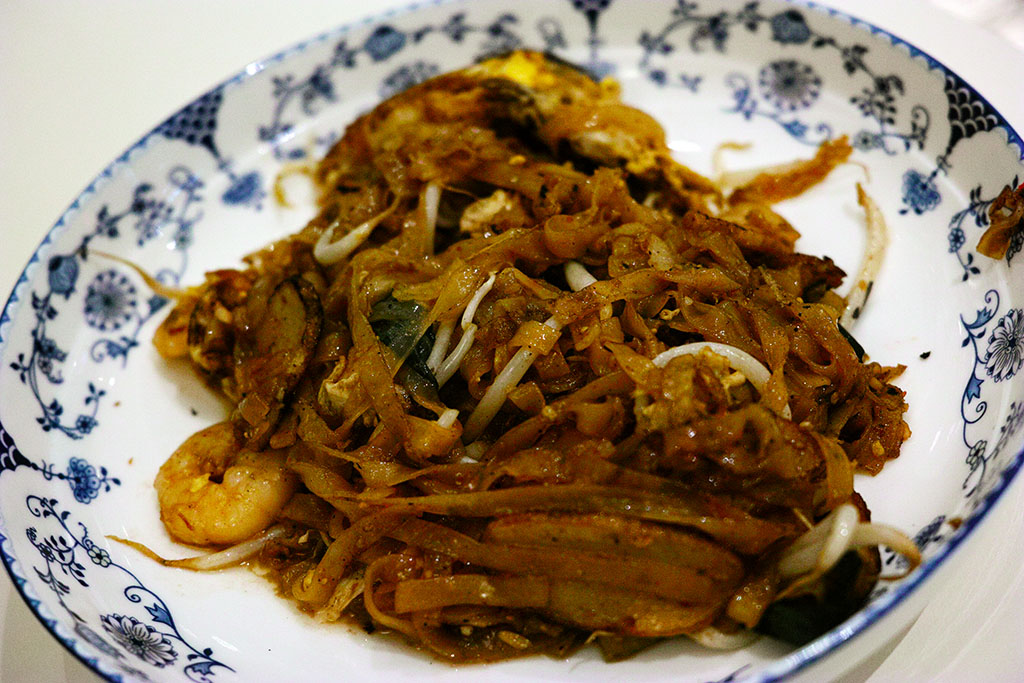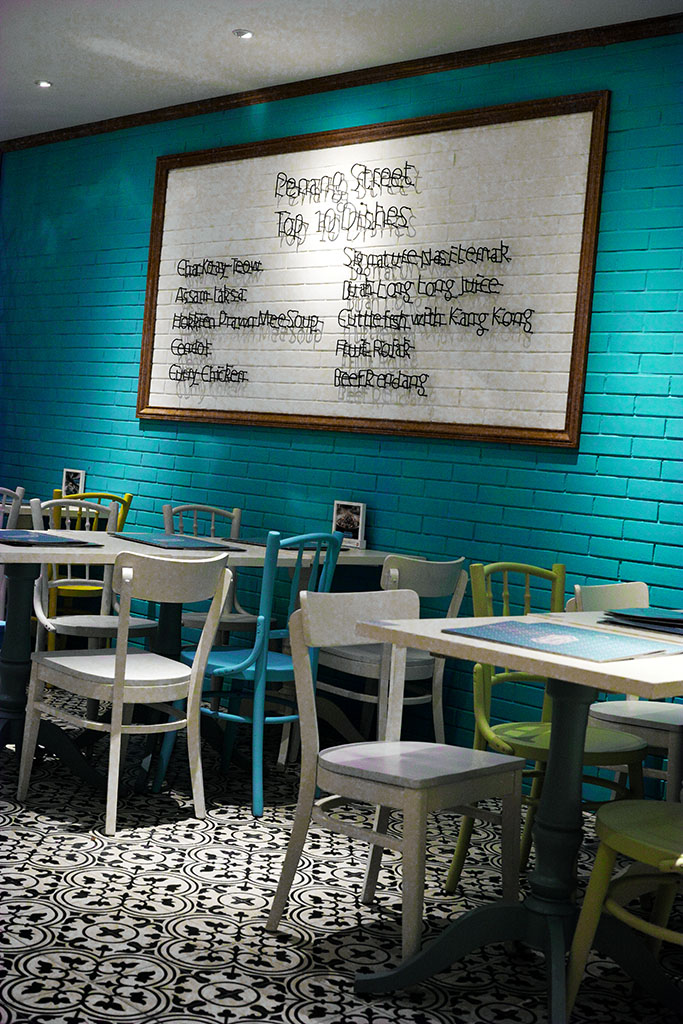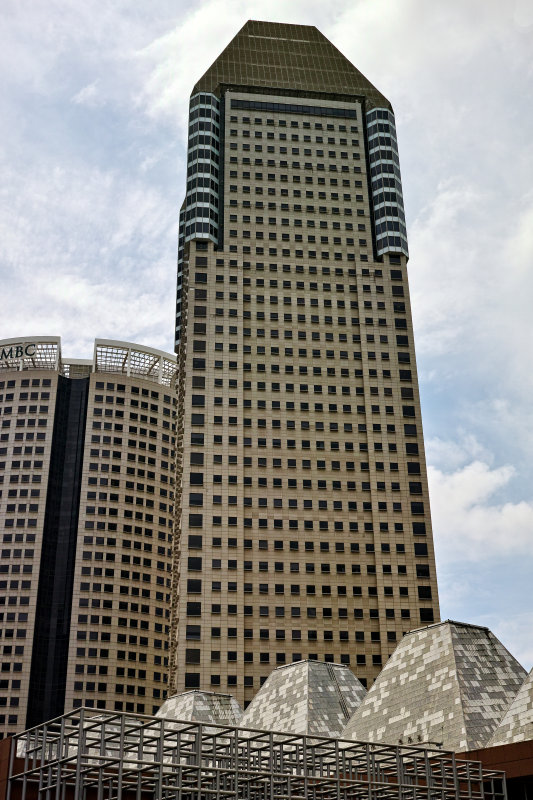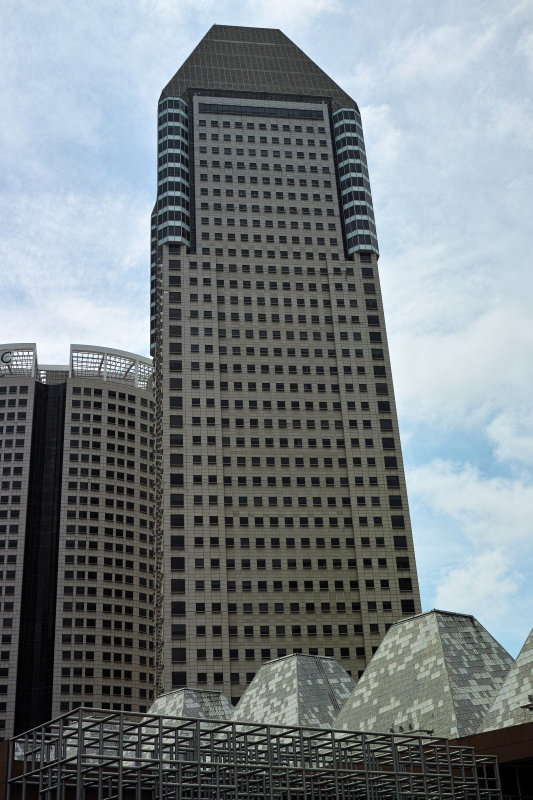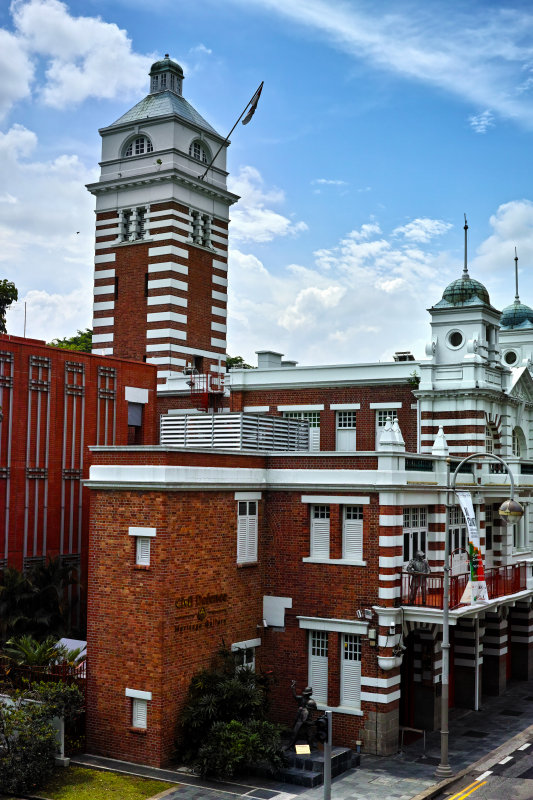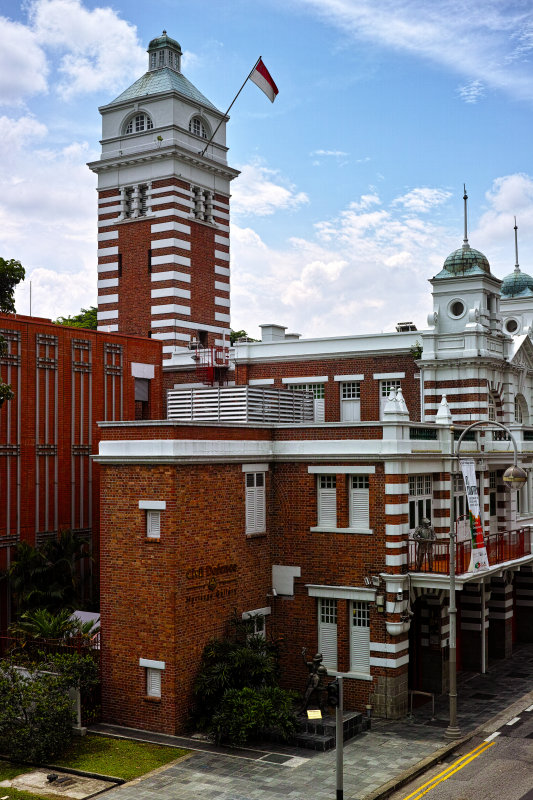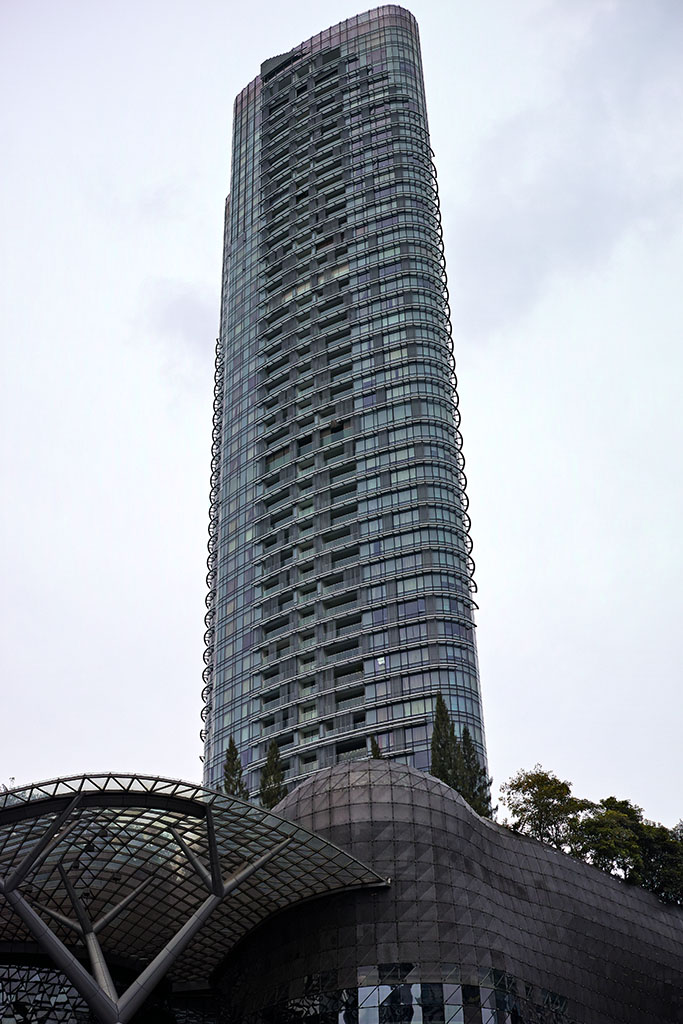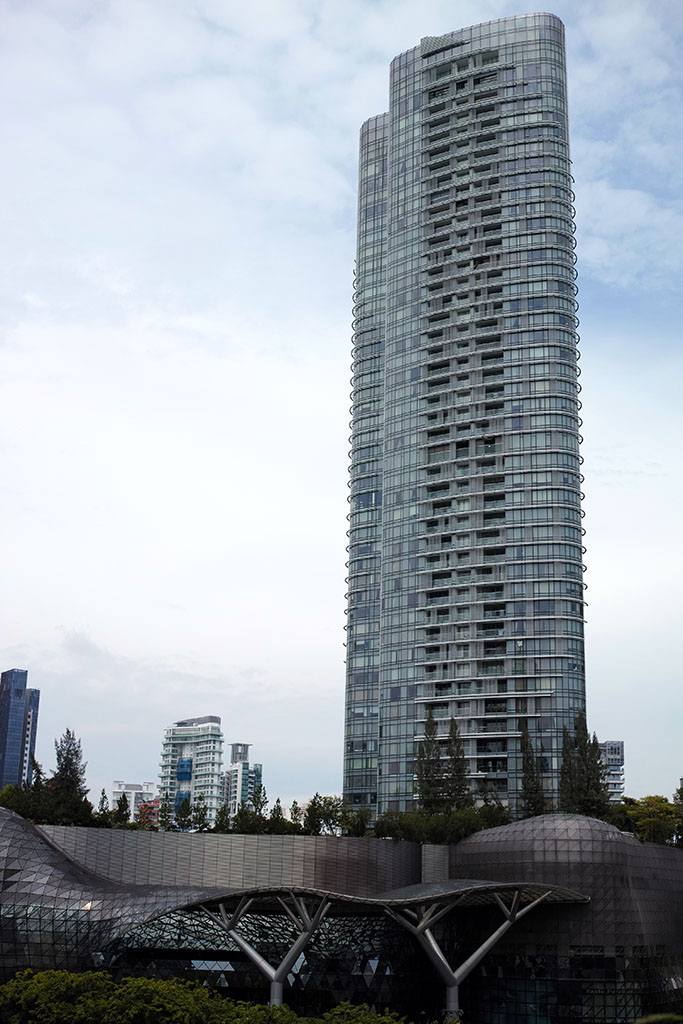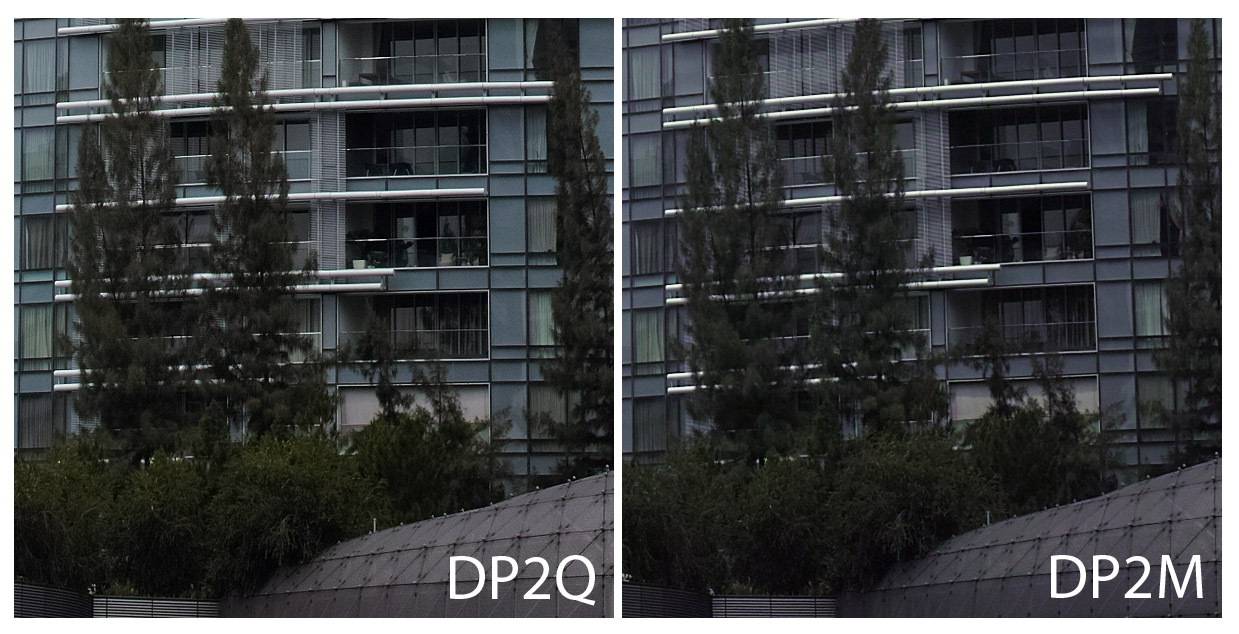The Sigma DP2 Quattro was quietly launched in Singapore on 25 Jun 14 (Fri) in limited quantities immediately following the official launch in Japan, making Singapore probably the second country in the world to sell it. I heard that it is also available in Malaysia since the sole agent is the same for both countries.
Locally, the camera comes bundled with an additional battery and a piece of wrapping cloth, something like the rainproof, multi-purpose wrapping cloth (CS-35) that Olympus sells for their OM-D cameras. The outer surface of the cloth is water-repellent while the inner surface functions as a cleaning cloth with water-absorbing properties. The inclusion of an additional battery (BP-51) is good as this is a new battery and there would be none available for sale for quite some time. But I do wish they would bundle the DP2Q with a small flash like they did with the DPxM cameras instead of the wrapping cloth (the reason why I would discuss later). The local price is not cheap but is similar to the current US pre-order price for the DP2Q.
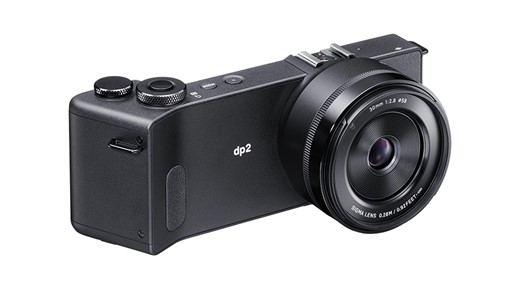
Front
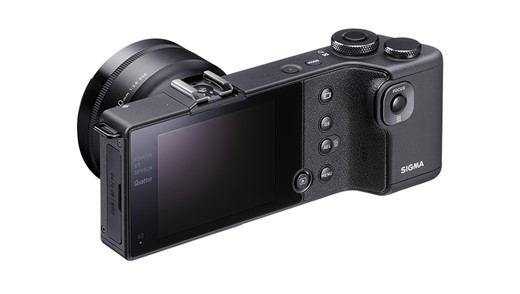
Back
DP2 Quattro Specifications
Common Specifications
So what are the differences between the DP2 Quattro and DP2 Merrill?
They are:
(1) Large image size: 5,424 x 3,616 pixels (DP2M: 4,704 x 3,136 pixels)
(2) Super high Resolution in JPEG mode: 7,680 x 3,296 pixels
(3) 14-bit Lossless compression RAW data (DP2M : 12-bit)
(4) New TRUE III image processing engine (DP2M : TRUE II)
(5) More aspect ratios besides the normal 3:2 (21:9, 16:9, 4:3, 1:1)
(6) Additional Color Modes : Cinema, Sunset Red, Forest Green, FOV Classis Yellow
(7) Auto ISO now ranges from ISO 100 to ISO 1,600 (DP2M : ISO 200 to ISO 800)
(8) Electronic level display
(9) Filter Size: 58mm (DP2M : 49mm)
(10) New and larger battery BP-51
(11) Requires Sigma Photo Pro 6 for RAW conversion (Note: Currently, SPP 6.01 only supports the Merrill cameras. Other older Sigma DP cameras would only be supported in SPP 6.1)
(12) DP2Q does not support video recording ! (Shocking omission ! )
)
Locally, the camera comes bundled with an additional battery and a piece of wrapping cloth, something like the rainproof, multi-purpose wrapping cloth (CS-35) that Olympus sells for their OM-D cameras. The outer surface of the cloth is water-repellent while the inner surface functions as a cleaning cloth with water-absorbing properties. The inclusion of an additional battery (BP-51) is good as this is a new battery and there would be none available for sale for quite some time. But I do wish they would bundle the DP2Q with a small flash like they did with the DPxM cameras instead of the wrapping cloth (the reason why I would discuss later). The local price is not cheap but is similar to the current US pre-order price for the DP2Q.

Front

Back
DP2 Quattro Specifications
| Focal Length | 30mm |
| 35mm Equivalent Focal Length | Approx 45mm |
| Lens F number | F2.8-16 |
| Number of Diaphragm Blades | 9 Blades |
| Lens Construction | 8 Elements in 6 Groups |
| Shooting Range | 28cm-∞, LIMIT Mode (For Macro, Portrait and Scenery) |
| Maximum Magnification Shooting | 1:7.6 |
| Dimensions | 6.4in (W)x2.6in (H)x3.2in (D)/ 161.4mm (W)x67mm (H)x81.6mm (D) |
| Weight | 13.9 oz/395g (without battery or memory card) |
Common Specifications
Image Sensor | Foveon X3 Direct Image Sensor (CMOS) | |||||||||||||||||||||||||||||||||||||||||||||||||||
Image Sensor Size | 23.5×15.7mm | |||||||||||||||||||||||||||||||||||||||||||||||||||
Color Photo Detectors | Effective Pixels: Approx.29MPT (Top):5,424×3,616 / M (Middle):2,712×1,808 / B (Bottom):2,712×1,808Total Pixels: Approx.33MP | |||||||||||||||||||||||||||||||||||||||||||||||||||
Storage Media | SD Card, SDHC Card, SDXC Card | |||||||||||||||||||||||||||||||||||||||||||||||||||
File Format | Lossless compression RAW data (14-bit), JPEG (Exif2.3), RAW+JPEG | |||||||||||||||||||||||||||||||||||||||||||||||||||
JPEG Image Quality | FINE、NORMAL、BASIC | |||||||||||||||||||||||||||||||||||||||||||||||||||
Aspect Ratio | 21:9、16:9、3:2、4:3、1:1 | |||||||||||||||||||||||||||||||||||||||||||||||||||
Number of Recording Pixels | RAW
JPEG[21:9]
[16:9]
[3:2]
[4:3]
[1:1]
| |||||||||||||||||||||||||||||||||||||||||||||||||||
ISO Sensitivity | ISO100~ISO6400 (1/3 steps for appropriate sensitivity), AUTO: High limit, low limit setting is possible between ISO100~ISO6400. When using with flash, it changes depending on the low limit setting. | |||||||||||||||||||||||||||||||||||||||||||||||||||
White Balance | 10 types (Auto, Auto (Lighting Source Priority), Daylight, Shade, Overcast, Incandescent, Fluorescent, Color Temperature, Flash, Custom) | |||||||||||||||||||||||||||||||||||||||||||||||||||
Color Mode | 11 types (Standard, Vivid, Neutral, Portrait, Landscape, Cinema, Sunset Red, Forest Green, FOV Classic Blue, FOV Classic Yellow, Monochrome) | |||||||||||||||||||||||||||||||||||||||||||||||||||
Auto Focus Type | Contrast Detection Type | |||||||||||||||||||||||||||||||||||||||||||||||||||
AF Point | 9 points select mode, Free move mode (It is possible to change the size of Focus Frame to Spot, Regular and Large.) Face Detection AF mode | |||||||||||||||||||||||||||||||||||||||||||||||||||
Focus Lock | Shutter release halfway-down position (AF lock can be done by AE lock button from menu setting) | |||||||||||||||||||||||||||||||||||||||||||||||||||
Manual Focus | Focus Ring Type | |||||||||||||||||||||||||||||||||||||||||||||||||||
Metering Systems | Evaluative Metering, Center-Weighted Average Metering, Spot Metering | |||||||||||||||||||||||||||||||||||||||||||||||||||
Exposure Control System | (P) Program AE (Program Shift is possible), (S) Shutter Speed Priority AE, (A) Aperture Priority AE, (M) Manual | |||||||||||||||||||||||||||||||||||||||||||||||||||
Exposure Compensation | ±3EV (1/3 stop increments) | |||||||||||||||||||||||||||||||||||||||||||||||||||
AE Lock | AE lock button | |||||||||||||||||||||||||||||||||||||||||||||||||||
Auto Bracketing | Appropriate, under, over; 1/3EV steps up to ±3EV for appropriate exposure | |||||||||||||||||||||||||||||||||||||||||||||||||||
Shutter Speed | 1/2000* - 30sec. (*Depending on the aperture value, shutter speed changes) | |||||||||||||||||||||||||||||||||||||||||||||||||||
Drive Modes | Single, Continuous, Self Timer (2sec. /10sec.) Interval timer | |||||||||||||||||||||||||||||||||||||||||||||||||||
LCD Monitor Type | TFT color LCD monitor | |||||||||||||||||||||||||||||||||||||||||||||||||||
Monitor Size | 3.0 inches | |||||||||||||||||||||||||||||||||||||||||||||||||||
LCD Pixels | Approx. 920,000 Pixels | |||||||||||||||||||||||||||||||||||||||||||||||||||
LCD Monitor Language | English/ Japanese/ German/ French/ Spanish/Italian/ Chinese (Simplified)/Chinese (Traditional)/ Korean/ Russian/ Nederlands/ Polski/ Português/Dansk/ Svenska/ Norsk/ Suomi | |||||||||||||||||||||||||||||||||||||||||||||||||||
So what are the differences between the DP2 Quattro and DP2 Merrill?
They are:
(1) Large image size: 5,424 x 3,616 pixels (DP2M: 4,704 x 3,136 pixels)
(2) Super high Resolution in JPEG mode: 7,680 x 3,296 pixels
(3) 14-bit Lossless compression RAW data (DP2M : 12-bit)
(4) New TRUE III image processing engine (DP2M : TRUE II)
(5) More aspect ratios besides the normal 3:2 (21:9, 16:9, 4:3, 1:1)
(6) Additional Color Modes : Cinema, Sunset Red, Forest Green, FOV Classis Yellow
(7) Auto ISO now ranges from ISO 100 to ISO 1,600 (DP2M : ISO 200 to ISO 800)
(8) Electronic level display
(9) Filter Size: 58mm (DP2M : 49mm)
(10) New and larger battery BP-51
(11) Requires Sigma Photo Pro 6 for RAW conversion (Note: Currently, SPP 6.01 only supports the Merrill cameras. Other older Sigma DP cameras would only be supported in SPP 6.1)
(12) DP2Q does not support video recording ! (Shocking omission !
Last edited:



